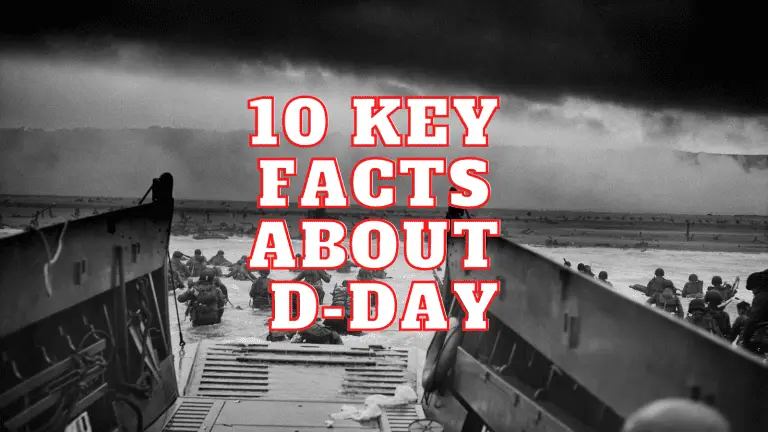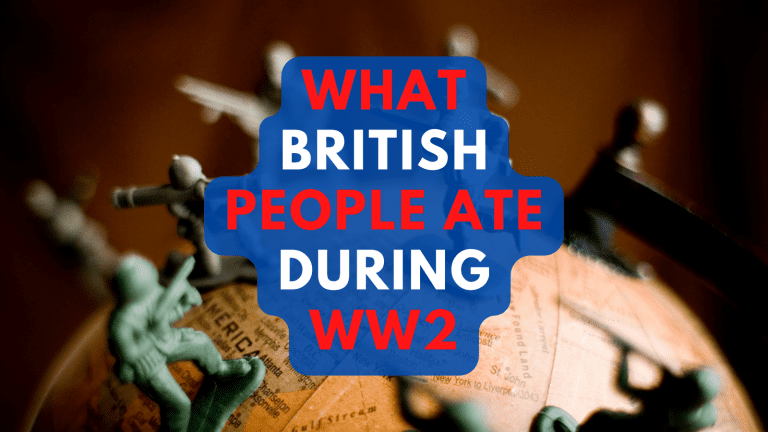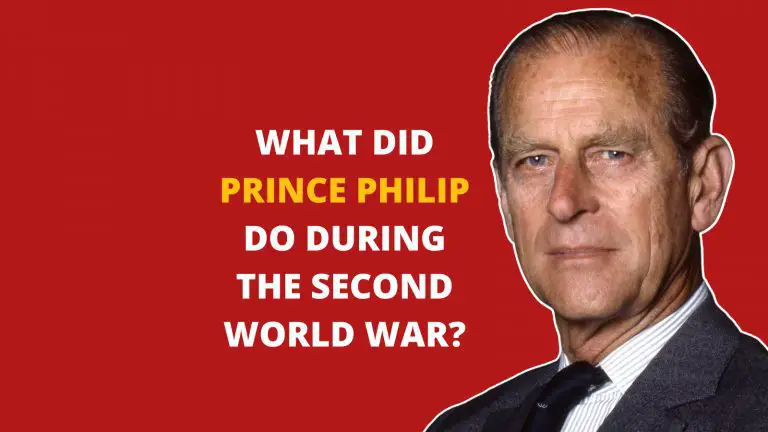What is on top of Queen Elizabeth II’s coffin?
Queen Elizabeth II will be laid to rest on 19 September after lying in state for four days in Westminster Hall. The queen’s coffin will be accompanied by symbols of regalia during this time, among which will be the symbolic crown jewels, Imperial State Crown, Orb, and Sceptre each of which has a particular representation.
The Imperial State Crown
When Queen Elizabeth II left Westminster Abbey after her coronation on 2 June 1953, it was with the Imperial State Crown on her royal head. Thereafter, she was to wear it over her 70 years and 214 days of reign only on State occasions, such as the annual State Opening of Parliament.
The Imperial State Crown replaced the one made in 1838 which was worn by Queen Victoria. King George VI wore the crown first for his coronation in 1937. It is made of gold and boasts of the most famous jewels in the collection such as the Cullinan II diamond, Black Prince’s Ruby, and the Stuart Sapphire. But that is not all. St Edward’s Sapphire forms the centre of the uppermost cross on the crown. Legend has it that it was in a ring worn by St Edward the Confessor, found in his tomb in 1163. The sapphire is now in good company with 2,868 diamonds, 17 sapphires, 11 emeralds, 269 pearls, and four rubies.
The Sovereign’s Sceptre With Cross
First used at the coronation of Charles II in 1661, the Sovereign’s Sceptre with Cross has been used at every coronation since.
The Sceptre, which symbolises the Christian Holy Ghost, is made up of a gold rod with a globe and cross, topped with a dove. At a length of 1.1 metres and weighing 1.15kg, its link is the monarch’s pastoral role towards the people. A second sceptre complements the symbol of spiritual power of the Sovereign’s Sceptre and Cross and signifies temporal power and good governance. It weighs 1.17kg and is 92.2cm long.
In 1910, during the reign of George V, the Cullinan I diamond, the largest colourless cut diamond in the world was set into the Sceptre. Founded in South Africa, it remains the largest gem-quality uncut diamond ever found. At an impressive and unsurpassed 3106 carats, its weight required that the sceptre be reinforced. The Cullinan Diamond takes its name from the chairman of the mine in which it was found on 26 January 1905. The mine’s Surface Manager inspected the shiny object glinting in the wall of the mine and Frederick Wells went on to prize the enormous diamond from the earth.
The Transvaal government gifted the diamond to King Edward VII as a symbol of the healing relationship between the two countries after the Anglo-Boer Wars of 1899 to 1902. The diamond was sent to London by ordinary parcel while a diversion stone guarded by detectives was sent by ship to the mining company’s London sales agent. Both stones made it across the ocean safely.
From the remarkably massive uncut stone, nine major stones and 96 smaller brilliants were cut. Three polishers took 8 months, working 14-hour days, to complete the nine largest stones. The two largest stones, the Cullinan I and the Cullinan II, are set in the Crown Jewels, one in the Sovereign’s Sceptre with Cross and the other in the front band of the Imperial State Crown.
Sovereign’s Orb
The Sovereign Orb forms part of the investiture presented at the coronation of a monarch to represent power and responsibility. This golden globe surmounted by a cross, created in 1661, is a reminder that the power of the monarch is derived from God. The 27.5cm Orb, weighing 1.32kg boasts a band of diamonds, emeralds, rubies, sapphire, and pearls, topped with amethyst and a cross.
When Queen Mary II was crowned joint monarch with King William III in 1689, separate regalia to the traditional consort’s regalia was required for their coronation. Queen Mary II’s Orb was thus commissioned for the coronation in 1689.







